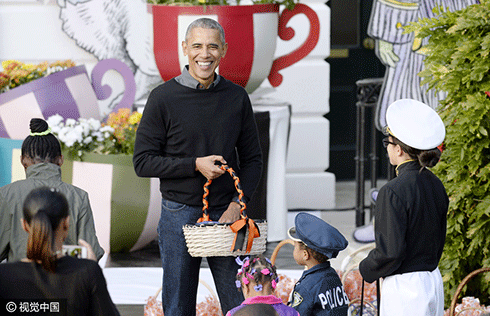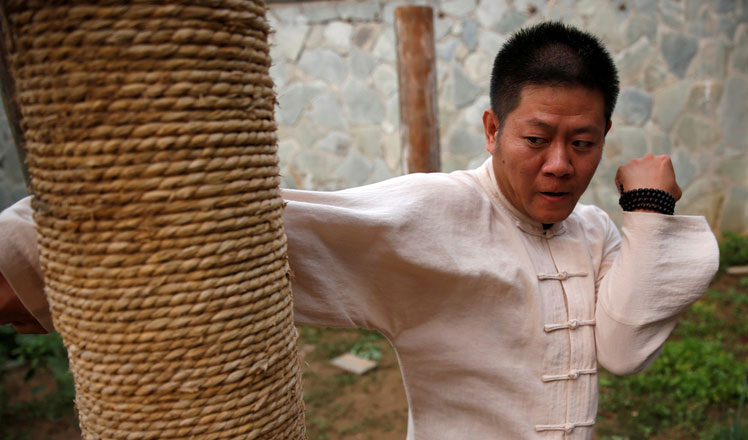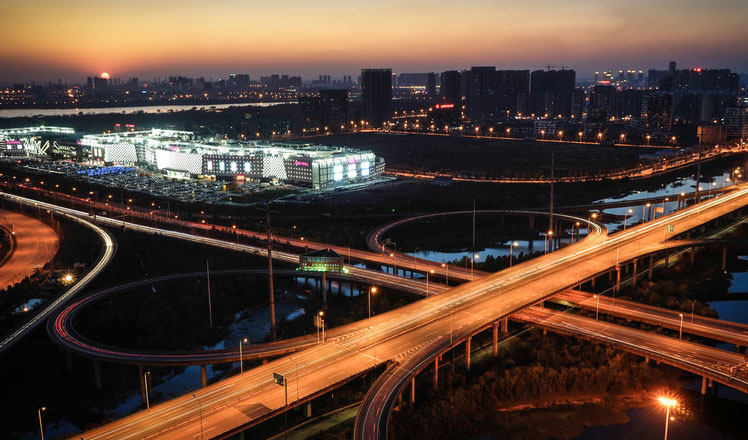Two-child policy working, birthrate figures show
Updated: 2016-10-31 07:14
By SHAN JUAN(China Daily)
|
|||||||||
"We expect a clear increase in the total births for this year, and an even larger share of second-child newborns," the commission said.

That's an important development, said Yuan Xin, a population scientist at Tianjin-based Nankai University, who advises the commission.
"If this grows into a trend, then the new two-child policy will prove to be working," Yuan said. What he means by "working", Yuan stressed, is that the policy would held redress, over the long run, the challenge from a dwindling work force and rapidly aging population.
The two-child policy is expected to help push forward China's population peak by two years to 2029, when there will be 1.45 billion people, the commission statement said.
Then the size of population will start tapering off, becoming stable at around 1.38 billion, compared with around 1.2 billion without the policy change, it said.
"The long-term effect of the universal two-child policy, thus, is significant to China's sustainable development," Yuan said.
By the year 2050, it is expected to result in an extra 30 million working-age people and lower the aging rate by 2 percent, commission projections show.
However, "that's based on optimistic estimations," Yuan said. "Uncertainties over the long run remain, like if the younger people are willing to have a second baby, to sustain growth."
He said the policy would, in five years, probably bring about 15 million extra newborns. After 2020 the annual births would start flattening out after hitting around 18 million. Last year, there were 16.65 million newborns, according to the National Bureau of Statistics.
Roughly 60 percent of the women eligible to the right of one additional childbirth are at least 35 years old.
Many of these women aged 35 and older are now rushing against the ticking clock of weakening fertility to have a second baby. That means, Yuan said, "there will be a virtual traffic jam in newborn babies in China in next few years".
Within a few years, second children would account for 40 to 50 percent of the total number of newborns, he projected.Bai Ying, 36, a Beijing-based engineer, is now four months pregnant with a second child.
"I am concerned about the birth pileup as the future competition in education and employment will become even tougher for my second baby. But my age doesn't allow me to wait any more," she said.
The family planning commission pledged in its statement to collaborate with other departments to make it easier to raise children. Perks in taxation, maternity leave and education are being considered for families with two children.
But it also stressed the long-term population pressure that could be exerted on limited resources and the environment in China.
So, "the country will stick to family planning," it said. There is no timetable for eliminating government rules on the number of children born to a family.
For women like Bai, the newborn traffic jam is being felt the most in large cities.
"I think I will deliver my baby in a private hospital, which is expensive, since it's hard to land a bed in large public hospitals. It would be too crowded, besides," she said.
- EU, Canada sign landmark deals to enhance economic, political partnership
- Wife raises funds to search for missing sailor
- Clinton's edge ebbs after FBI's announcement of new email review: poll
- Asia American leaders discuss civic engagement
- World's disabled get new champion
- Clinton, Michelle Obama make first joint campaign appearance

 Obamas host White House Halloween for children
Obamas host White House Halloween for children
 China Fashion Week: Liu Yong Exclusive
China Fashion Week: Liu Yong Exclusive
 Top 5 collaborating countries in Belt and Road Initiatives
Top 5 collaborating countries in Belt and Road Initiatives
 Hand-carved buckets face possible extinction in Zhejiang
Hand-carved buckets face possible extinction in Zhejiang
 Jet fighters and bombers ready for Air Show China
Jet fighters and bombers ready for Air Show China
 The World in photos: from Oct 24 to Oct 30
The World in photos: from Oct 24 to Oct 30
 Through the lens: The life of a kung fu master
Through the lens: The life of a kung fu master
 In pics: Top 10 Chinese cities in 2016
In pics: Top 10 Chinese cities in 2016
Most Viewed
Editor's Picks

|

|

|

|

|

|
Today's Top News
US election rhetoric unlikely to foreshadow future US-China relations
'Zero Hunger Run' held in Rome
Trump outlines anti-terror plan, proposing extreme vetting for immigrants
Phelps puts spotlight on cupping
US launches airstrikes against IS targets in Libya's Sirte
Ministry slams US-Korean THAAD deployment
Two police officers shot at protest in Dallas
Abe's blame game reveals his policies failing to get results
US Weekly

|

|









